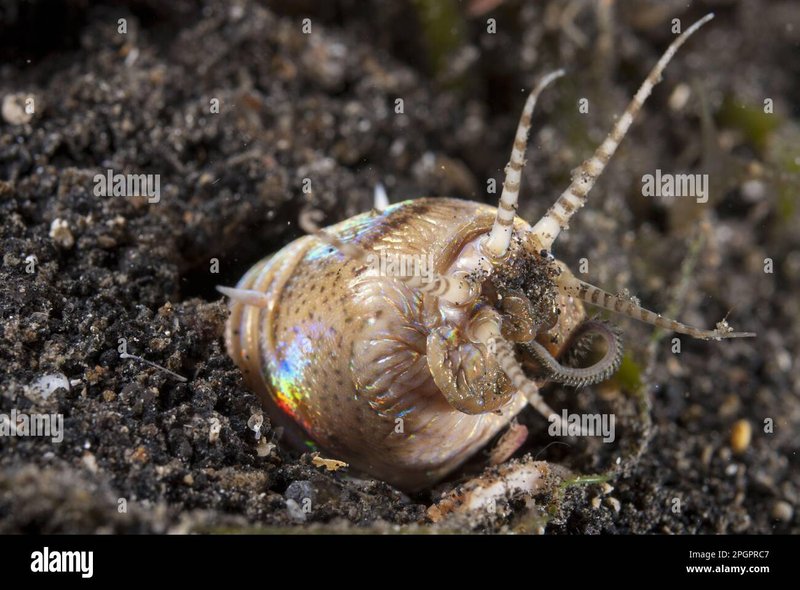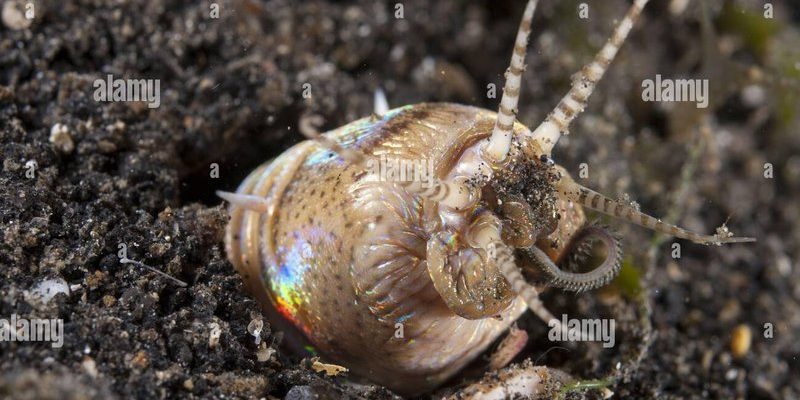
Feeding a bobbit worm isn’t just about tossing in some shrimp or fish and hoping for the best. It involves understanding their natural behaviors and dietary preferences. After all, these creatures can live for years in captivity if cared for properly. Let’s explore the best practices for feeding a bobbit worm in captivity, ensuring you keep your aquarium ecosystem healthy and thriving.
Understanding Bobbit Worms
Before diving into how to feed these underwater hunters, it’s essential to grasp what a bobbit worm is and its role in the marine ecosystem. Bobbit worms, scientifically known as *Eunice aphroditois*, are often found in warm waters and can grow several feet long. Their impressive size and striking appearance make them a highlight for many aquarists.
In their natural habitat, bobbit worms are ambush predators. They lie buried in the sand with only their antennae peeking out, waiting for unsuspecting prey to swim or crawl by. When a potential meal comes close, they strike with incredible speed, using their sharp jaws to capture and consume it. Understanding this predatory nature is key when determining their feeding needs in an aquarium.
Additionally, it’s worth noting that bobbit worms thrive in stable environments. Maintaining water quality, temperature, and salinity is crucial for their well-being. A healthy bobbit worm is more likely to be active and ready to eat, while a stressed one may refuse food altogether.
What Do Bobbit Worms Eat?
You might be wondering what exactly these fascinating creatures enjoy munching on. In the wild, bobbit worms feast on a variety of marine life, including small fish, crustaceans, and other invertebrates. In captivity, it’s essential to replicate this diet as closely as possible to ensure their health and happiness.
Here’s a quick rundown of food options for your bobbit worm:
- Meaty foods: Offer them small pieces of shrimp, fish, or squid. These foods should be cut into bite-sized portions to make it easier for the worm to consume.
- Live food: If you want to mimic their natural hunting behavior, consider feeding them live foods like brine shrimp or small fish. This can stimulate their predatory instincts.
- Frozen food: Frozen options like shrimp and fish can be just as nutritious. Just thaw them before feeding to ensure they’re at the right temperature.
Keep in mind that the size and frequency of the meals should correspond to the size of your worm. Younger bobbit worms eat less than their larger counterparts, so adjust accordingly.
How to Feed Your Bobbit Worm
Feeding a bobbit worm isn’t just about tossing food in the tank; it requires a bit of finesse. Here’s a straightforward method to ensure your worm gets its meal safely and effectively:
1. **Choose the Right Time:** Bobbit worms tend to be more active during the evening or nighttime. It’s best to feed them at this time for better results.
2. **Use Feeding Tongs:** To prevent disturbing the substrate too much and scaring your worm, use feeding tongs to place food near the entrance of the worm’s burrow. This way, you can avoid direct contact while still providing food.
3. **Monitor the Feeding:** Watch how your bobbit worm reacts. If it extends its antennae or reaches out for the food, that’s a good sign! If they ignore it, try again later or consider changing the food type.
4. **Remove Uneaten Food:** After a few hours, check to see if there’s any leftover food. If there is, carefully remove it to maintain water quality. Bobbit worms can be picky eaters and may not always consume everything you offer.
Following these steps can help create a stress-free feeding routine for both you and your bobbit worm.
Feeding Frequency and Portion Control
Now that you know how to feed your bobbit worm, let’s discuss how often you should do it. Generally, feeding them **twice a week** is a good starting point. However, younger worms may benefit from more frequent, smaller meals—try feeding them every three to four days.
As for portions, you want to find a balance. Overfeeding can pollute the water and lead to health issues. Here’s a simple rule of thumb:
– For larger bobbit worms, offer **1-2 small pieces** of food per feeding.
– For smaller worms, start with **1 small piece** and adjust as necessary.
Keeping a close eye on how your worm responds to your feeding schedule will help you fine-tune this routine.
Common Issues When Feeding Bobbit Worms
Even with the best intentions, you might run into some hiccups while feeding your bobbit worm. Here are a few common issues you may encounter and how to resolve them:
– **Refusing Food:** If your bobbit worm isn’t eating, it could be due to stress, water quality, or even temperature fluctuations. Ensure that all parameters are stable and appropriate for your worm’s species.
– **Uneaten Food:** As mentioned earlier, unconsumed food can harm the tank environment. If you notice this consistently, consider reducing the portion size or switching food types until you find something your worm prefers.
– **Behavior Changes:** Should you notice changes in your worm’s behavior—like lethargy or hiding more often than usual—it might indicate issues like disease or stress. Regularly check water conditions and consult with other aquarium enthusiasts or a vet who specializes in marine life.
Letting your worm acclimate to its environment and being patient can go a long way in avoiding these common pitfalls.
Feeding a bobbit worm in captivity might seem a bit daunting at first, but with the right knowledge and practices, it can become a rewarding part of your aquarium care routine. Remember, these fascinating creatures require a diet that mimics their natural feeding habits, so focus on providing a variety of meaty options and maintaining a stable environment.
By paying attention to their feeding habits and adjusting as needed, you can help your bobbit worm thrive for years to come. Ultimately, the effort you put into understanding and caring for these creatures will not only enrich their lives but also lead to a more vibrant aquarium ecosystem. Happy fishkeeping!

